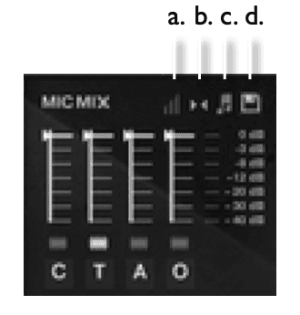Francisco Lamolda
Active Member
Keep in mind that this only works in pro!No EFFIN FRICKIN WAY! NO EFFIN FRICKIN WAY MAN! I NEVER knew this, and was about to ditch BBSCO because of this! Different articulations to different outputs! Holy hell, you just made my whole day, week, month and year by posting this!






